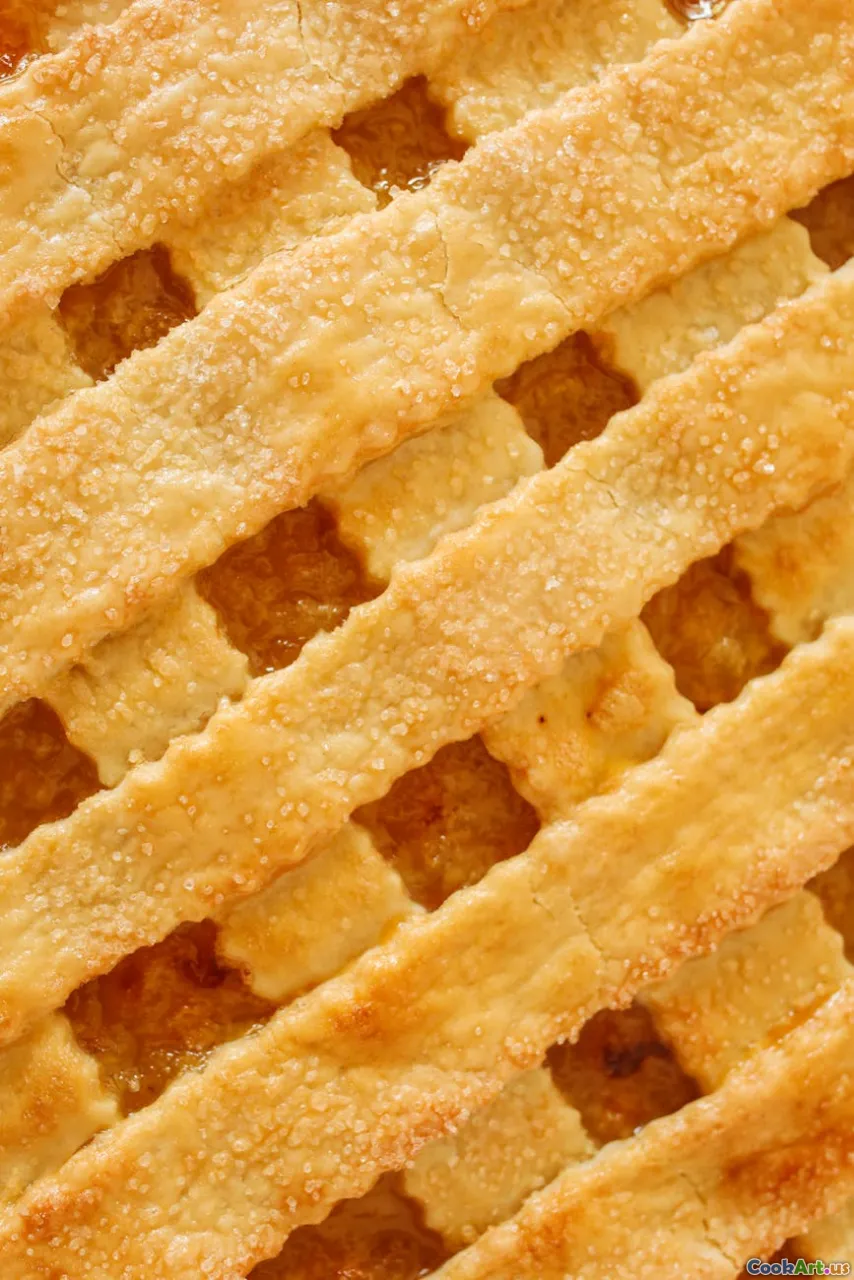Secrets to Flaky Pie Crusts
5 min read Unlock the secrets to creating a perfectly flaky pie crust with expert tips and techniques for every home baker. April 04, 2025 08:45
Secrets to Flaky Pie Crusts
Creating a flaky pie crust is an essential skill for any home baker, whether you're whipping up a classic apple pie or a savory quiche. The texture of the crust can elevate your dish from good to exceptional. In this article, we will explore the secrets behind achieving that coveted flaky texture, covering everything from ingredient selection to technique.
1. The Right Ingredients
a. Flour
The foundation of any pie crust is flour, and the type you choose can significantly affect the outcome. All-purpose flouris the most common choice due to its balanced protein content, but for an even flakier crust, consider usingpastry flour or a blend of both.
b. Fat
The fat you use impacts both flavor and texture. Butteroffers rich flavor and promotes flakiness when cut into the flour properly.Shortening creates a tender crust, while lard is traditional in some cultures for its unique flavor and texture. A combination of fats can also yield the best results.
c. Water
Adding just the right amount of ice-cold water is crucial. Too much can lead to a tough crust, while too little will result in a crumbly dough. Aim for a ratio of about 2-3 tablespoons of water for every cup of flour, adding just enough for the dough to hold together without being sticky.
2. The Technique
a. Keep Everything Cold
Keeping your ingredients cold is vital for achieving flakiness. Cold fat creates steam during baking, resulting in layers. Use ice water and refrigerate your flour and fat prior to mixing.
b. Mixing Method
Avoid overworking the dough. The goal is to combine the ingredients until just moistened. Use a pastry cutter or your fingers to work the fat into the flour until you achieve a crumbly texture with some pea-sized pieces of fat remaining.
c. Resting the Dough
Once mixed, let your dough rest in the refrigerator for at least 30 minutes. This allows the gluten to relax and the dough to become easier to roll out.
3. Rolling Out the Dough
When rolling out your dough, use a light touch. Start from the center and work outward, rotating the dough frequently to maintain an even thickness. Dust your surface and rolling pin with flour to prevent sticking, but avoid adding too much, as this can toughen the dough.
4. Blind Baking for Perfection
If your recipe calls for a pre-baked crust, blind baking is essential. Line your crust with parchment paper and fill it with pie weights or dried beans to prevent bubbling. Bake until lightly golden before adding your filling.
5. Tips for Success
- Avoid Overworking: Handle the dough as little as possible to prevent developing gluten, which can lead to a tough crust.
- Use a Food Processor: For quick mixing, a food processor can combine your ingredients efficiently but be careful not to over-process.
- Experiment with Flavors: Adding a pinch of salt, sugar, or spices to your dough can enhance the flavor of your crust.
Conclusion
Creating a flaky pie crust may seem daunting, but with the right ingredients and techniques, you can master this essential skill. Remember to keep everything cold, handle the dough gently, and allow for resting time. With practice, your pies will not only look beautiful but also taste heavenly. Happy baking!









